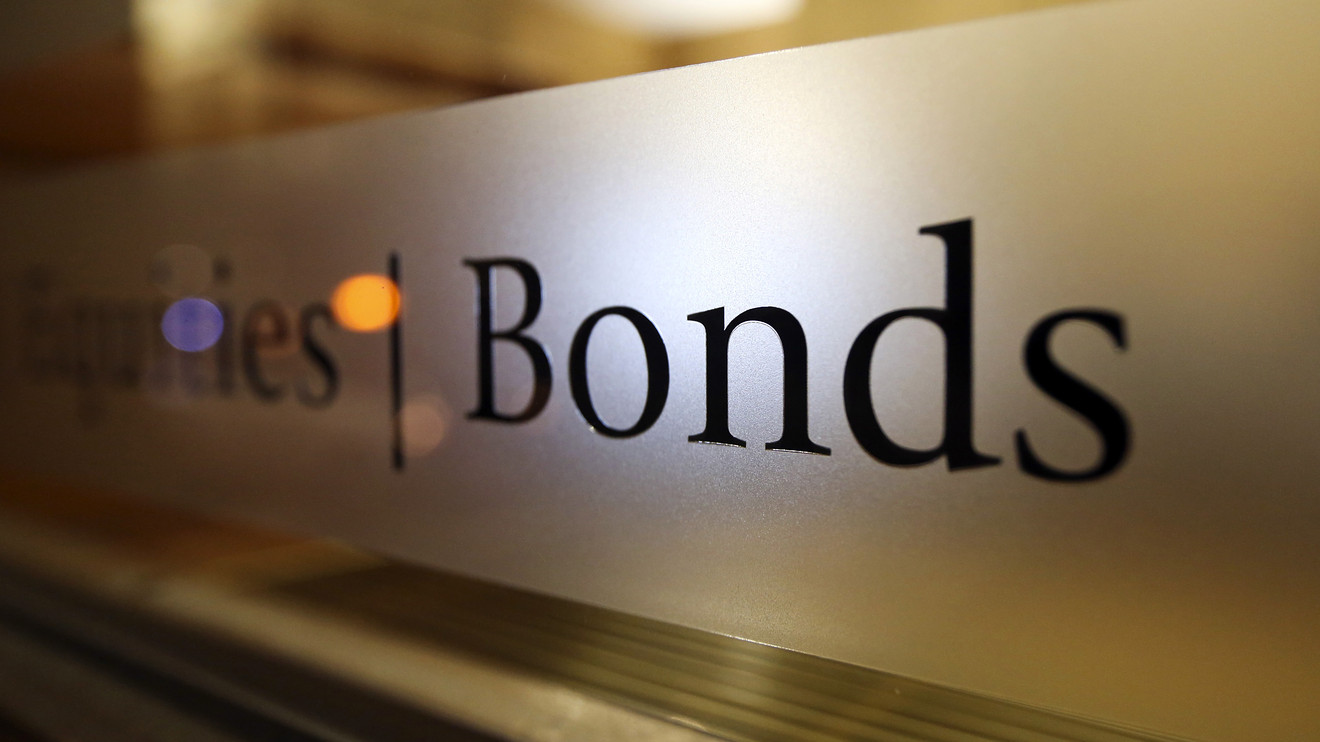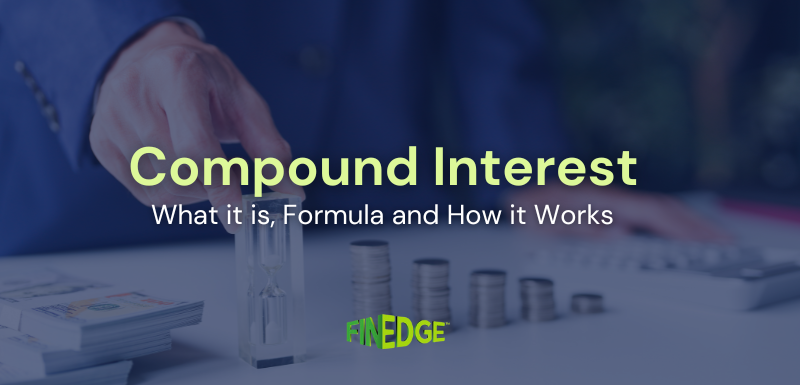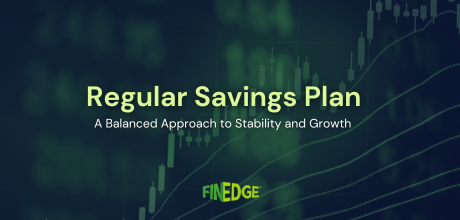Post Recategorization: Debt Fund Concepts That Every Investor Should be Aware of

Post SEBI’s mandate to Asset Management Companies, the latter have been engaged in a scramble to consolidate, terminate, rename, or launch new schemes to fit them into the 16 debt fund categories defined by the regulator. According to the new regulations, an AMC will be permitted to run only one debt mutual fund per category.
Investors have generally had a weak understanding of how debt mutual fund investments work, and its important for them to understand how each category of debt mutual fund really stacks up in terms of risks and rewards. While its true that for low risk investments, debt mutual funds sahi hai, investing into them without an awareness of their underlying dynamics can prove to be costly. Here are two important concepts that you should be aware of.
Maturity and Duration
The maturity and “duration” of the underlying bond portfolio will affect the risks and returns associated with your debt mutual fund investment. It is for this very reason that SEBI has established clearly demarcated categories based on “Macaulay Duration” (which is a function of the average maturity of the portfolio, among other factors), starting from “Overnight Funds” and “Liquid Funds” that invest in very short maturity instruments, going up all the way to “Long Duration Funds” which have a Macaulay Duration of 7 years or more. Basically, the higher the duration, the higher your debt fund’s sensitivity to changes in interest rates or yields and hence, higher the risk and potential capital gains. Higher duration funds also have the potential to deliver outstanding returns in falling interest rate scenarios. “Dynamic” debt funds are a unique category of debt mutual funds that can invest across all durations by investing into them, you essentially hand over the steering wheel to the fund manager and let him or her take the duration decisions. Only go for a dynamic debt fund from a large and reputed AMC whose fund manager has a track record of consistent outperformance.
Credit Risk
Another concept that all debt mutual fund investors should be aware of, is that of “credit risk” or default risk. Whenever you invest into a debt mutual fund, you expose yourself to the risk of one or more of the bonds in its portfolio defaulting on its repayment commitments, and this can impact the NAV of the fund. According to a CRISIL study, no long-term bond rated AAA by them has ever defaulted! AA rated bonds, on the other hand, have a default rate of 0.75% and B rated bonds (for 3-year instruments) as high as 21.9%! SEBI has basically demarcated three kinds of schemes based on Credit Risk – Corporate Bond Funds, Credit Risk Funds, and Banking & PSU Funds. Corporate Bond Funds will invest 80% of their portfolio into AAA rated corporate bonds, whereas Credit Risk funds will invest 65% of their assets into bonds that are below the highest rating and can therefore benefit from potential rating upgrades within their portfolios. Banking & PSU Debt Funds will invest mainly into debt instruments issued by PSU’s and PSU banks, and will generally carry a rock-solid credit profile. Of the three credit-based categories, Credit Risk funds have the highest risk (as the name suggests) as well as return potential, whereas Banking & PSU Debt Funds have the lowest credit risk.
Summing Up
Naïve investors should stick with low to medium duration funds and corporate bond funds. Savvier investors can selectively deploy moneys into Long Duration Funds and Credit Risk Funds, but preferably with the guidance and support of a qualified Financial Advisor.
Your Investing Experts
Relevant Articles
The Power of Compounding: How Small Investments Turn into Big Wealth
Compounding is the single most powerful force behind long-term wealth creation. It rewards patience, discipline, and consistency more than any short-term strategy ever can. If you want your investments to grow exponentially instead of linearly, compounding must be at the centre of your approach.
Regular Savings Plan: A Balanced Approach to Stability and Growth
Not every investment in a portfolio is meant to maximise returns. Some are meant to preserve capital, manage volatility, and provide predictability. A regular savings plan serves exactly this role. It is designed for investors who want a more measured approach where stability takes priority, and growth plays a supporting role rather than the lead.
From Coffee to Crorepati: Small Lifestyle Tweaks Gen Z Can Make to Start Investing Early
Gen Z is often told to “stop buying coffee” if they want to invest. But that misses the point. Building wealth isn’t about sacrificing everything you enjoy. It’s about understanding how small, everyday decisions shape long-term habits. Starting early even with modest amounts can quietly make a meaningful difference over time.
.png)


.png)